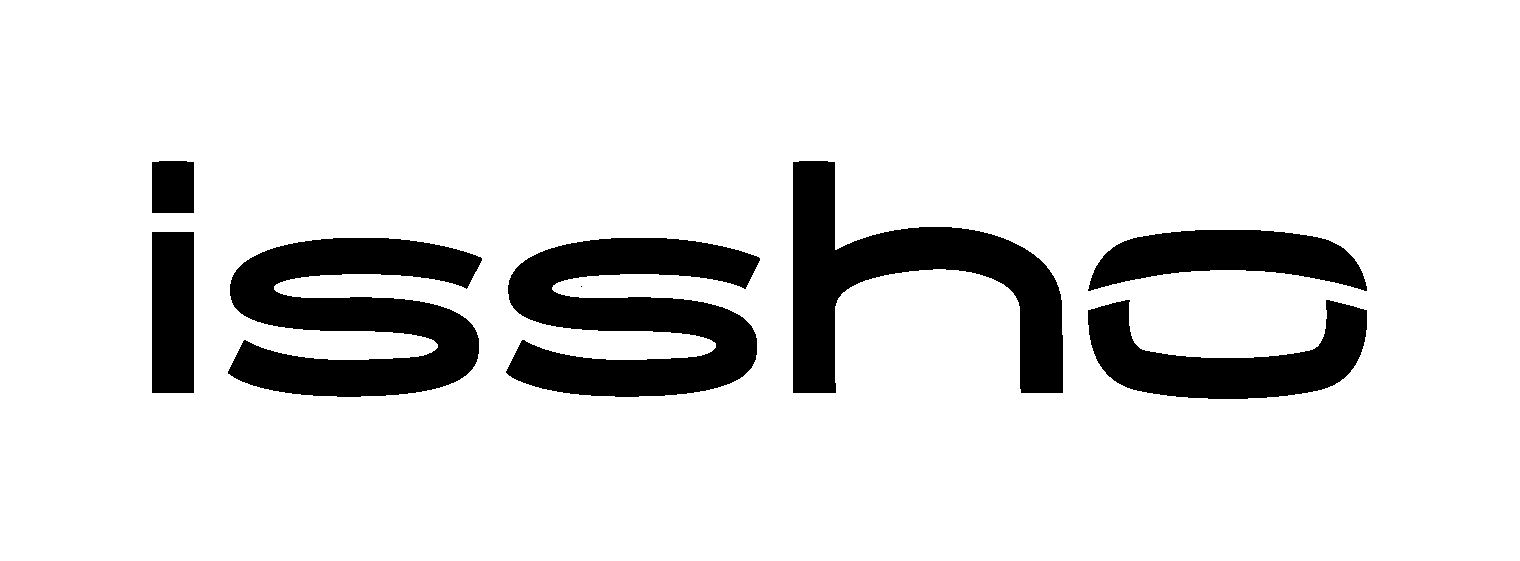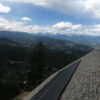A Life Shaped by Nature. Nurtured by Design.
Hailing from Argentinian Patagonia—one of the wildest, most untouched regions on Earth, surrounded by ancient forests, countless lakes, and the majestic Andes—I feel fortunate to be “one of those people” who grew up side by side with the natural world.
Today, in Barcelona, a historic capital of human progress and urban development, where buildings may not rival the age of the Andes but many have stood for more than a thousand years, I write this reflection through my lens as an architect specialized in Bioclimatic Architecture. This is my personal vision for the future of the natural and built environments and has shaped how we approach design at issho.
Expansion is Life
A still night sky reveals a moving truth: the universe is alive. Stars burn, planets shift, and life on Earth continually adapts, expands, and transforms.
Existence itself is a living testament to the power of continual growth and expansion.
We are no exception. Growth takes root within our lives, our cultures, our spirit; and expands outward, shaping the world we build. Human history is, in many ways, the story of life’s power of transformation written through us.
As an architect, these reflections bring clarity to the tension between humanity’s need for food and shelter and the urgent call to conserve and regenerate the Earth. Expansion and conservation may seem at odds, but growth and evolution are part of our existence. By returning to this truth, I see our expansion as a natural process that can be guided toward balance with the planet rather than in conflict with it.
Still, our human footprint is caught in a cycle of endless growth, often replacing the natural world with our built environment. When I see trees felled to make way for structures meant to last centuries, I am reminded that the question is not whether we expand, which seems inevitable, but how we choose to do so.
When does the expansion of our constructed world start to overshadow the ecosystems that support us? Instead of replacing nature, could we instead learn to coexist with it, to regenerate it, perhaps even to help it heal?
The Role of Architecture in a Regenerative Future
The answers lie in design. To move forward, we must leave behind the idea that humanity stands above all and embrace a circular vision where people, other species, and the planet thrive together in balance.
Circularity in architecture reframes buildings as dynamic participants in larger ecological systems. Rather than consuming resources and displacing nature, our homes and cities can give back—harvesting energy, purifying water, regenerating soil, and providing habitat. By rethinking materials, life cycles, and adaptability, we can slow the unchecked sprawl and create places that grow with ecosystems instead of over them.
Can we redesign our homes to give back more than they take?
What if buildings, like living systems, could adapt, renew, and evolve with the future?
Imagine homes, buildings, and communities that grow not at nature’s expense but alongside it: long-lasting structures built to endure, yet flexible enough to move, responding to the desires of their occupants or the needs of the land they rest upon. Homes that help us reach our fullest potential; shaped with organic forms, connecting us to nature every day.
This is not sustainability as we know it; it is the evolution of progress itself. A vision where the places we call home participate in the conservation and regeneration of life.
Namu: Bridging Nature and Architecture
Namu embodies biophilic design principles, reconnecting people with nature through forms and patterns inspired by the Fibonacci spiral, the golden ratio found in galaxies, plants, animals, and even weather systems. Its architecture balances mathematical precision with organic flow, creating spaces that feel harmonious, timeless, and deeply connected to the world around us.
Namu is engineered to coexist with nature, integrating conscious materials, circular systems, and precise modular construction. Built with sustainable and renewable resources, like hemp wood, recycled paper countertops, and rice-husk siding, and integrated with energy, water, food, and air systems, that create a harmonious, nurturing environment. Prefabricating the modules reduces waste, shortens build times, and minimizes environmental impact; while its modular design also allows Namu to be relocated, reconfigured, and expanded as families and communities grow.
A Circular Path Forward
Namu is more than a house, it is a connector, a living bridge between humanity’s drive to expand and nature’s infinite wisdom. It shows that progress doesn’t have to come at the Earth’s expense. Rather, progress lies in our ability to grow responsibly, in harmony with the systems that sustain us.
Namu is a model for how human progress can be redefined, not as dominance over nature, but as responsible participation within it.
Welcome to issho Habitats.
Welcome to Namu.
Welcome Home.
—Martin Vaccarezza
Architectural & Design Lead






